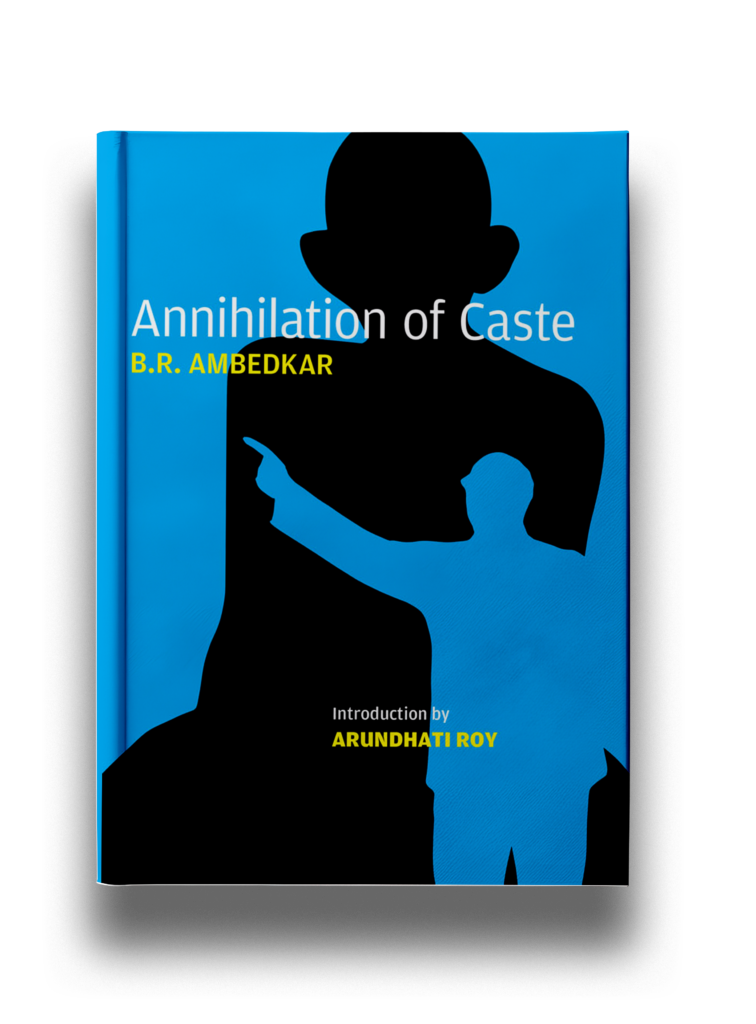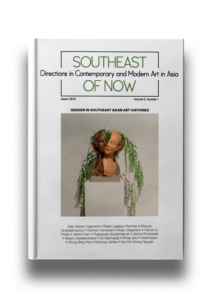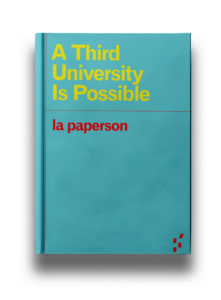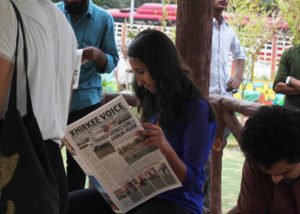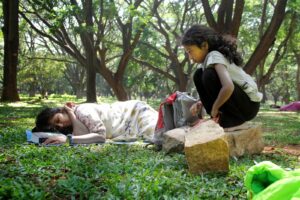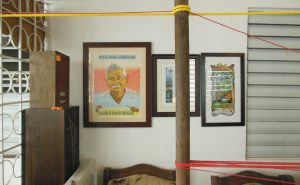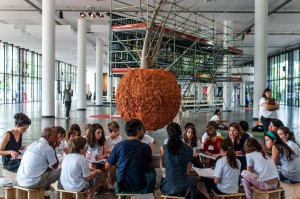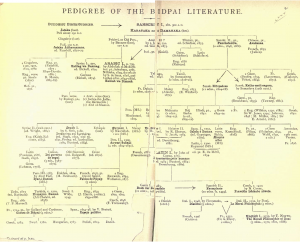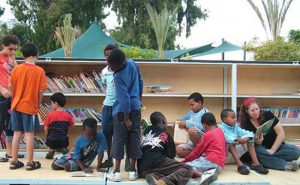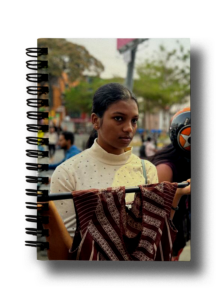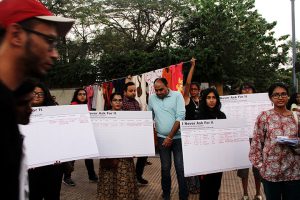Year
2016
Publisher
Verso Books
Author
Bhimrao Ramji Ambedkar
Annotation
An Ambedkarite politics is essential to imagining what India should be, given that the country is pretty much a fascist state at the moment. During the resistance movement that was instigated by police violence on students of Jamia Millia University, we saw the very core of the Anti-CAA movement, as it’s called, rooted in the preservation of our constitutional rights – the constitution was drafted by Ambedkar. Political activists like Bhim Army chief Chandrashekhar Azad, have been famously photographed during the movement holding the constitution in his hands. The public imagination and the occupation of space symbolically has never been seen before in a country like India, which is still deeply casteist and classist.
Meenakshi Thirukode
There is no doubt, in my opinion, that unless you change your social order you can achieve little by way of progress. You cannot mobilise the community either for defence or for offence. You cannot build anything on the foundations of caste. You cannot build up a nation, you cannot build up a morality. Anything that you will build on the foundations of caste will crack, and will never be whole.
